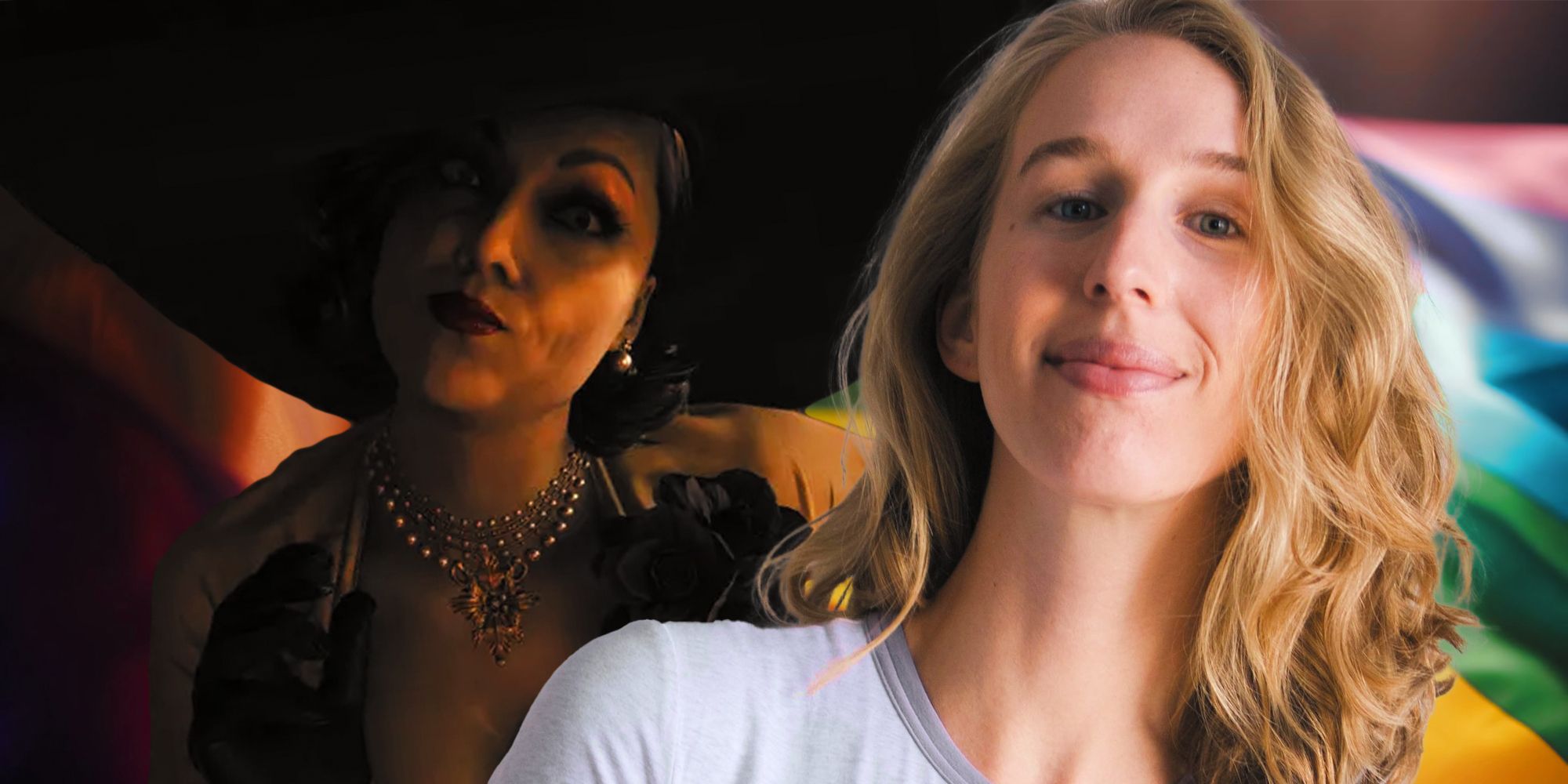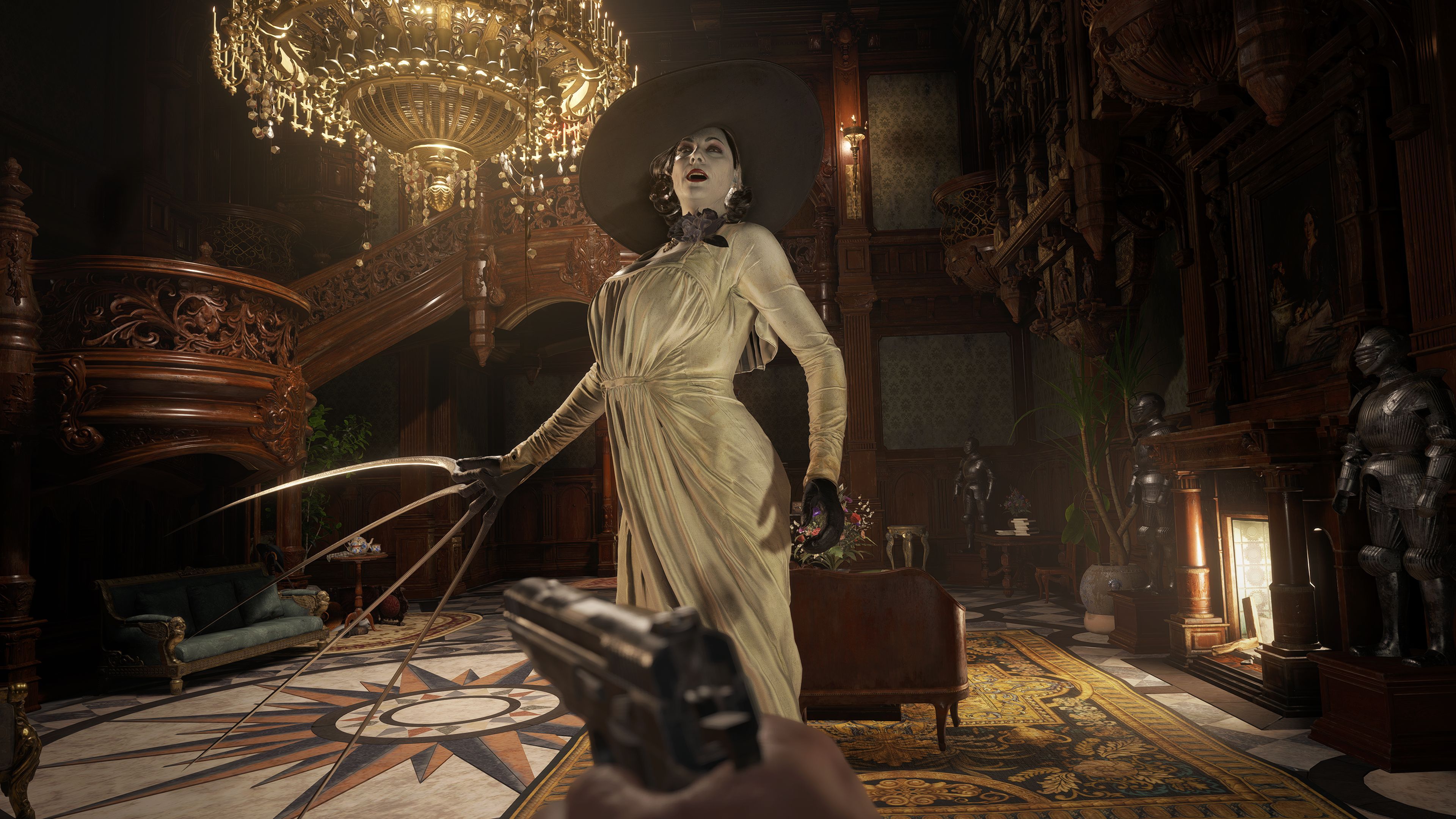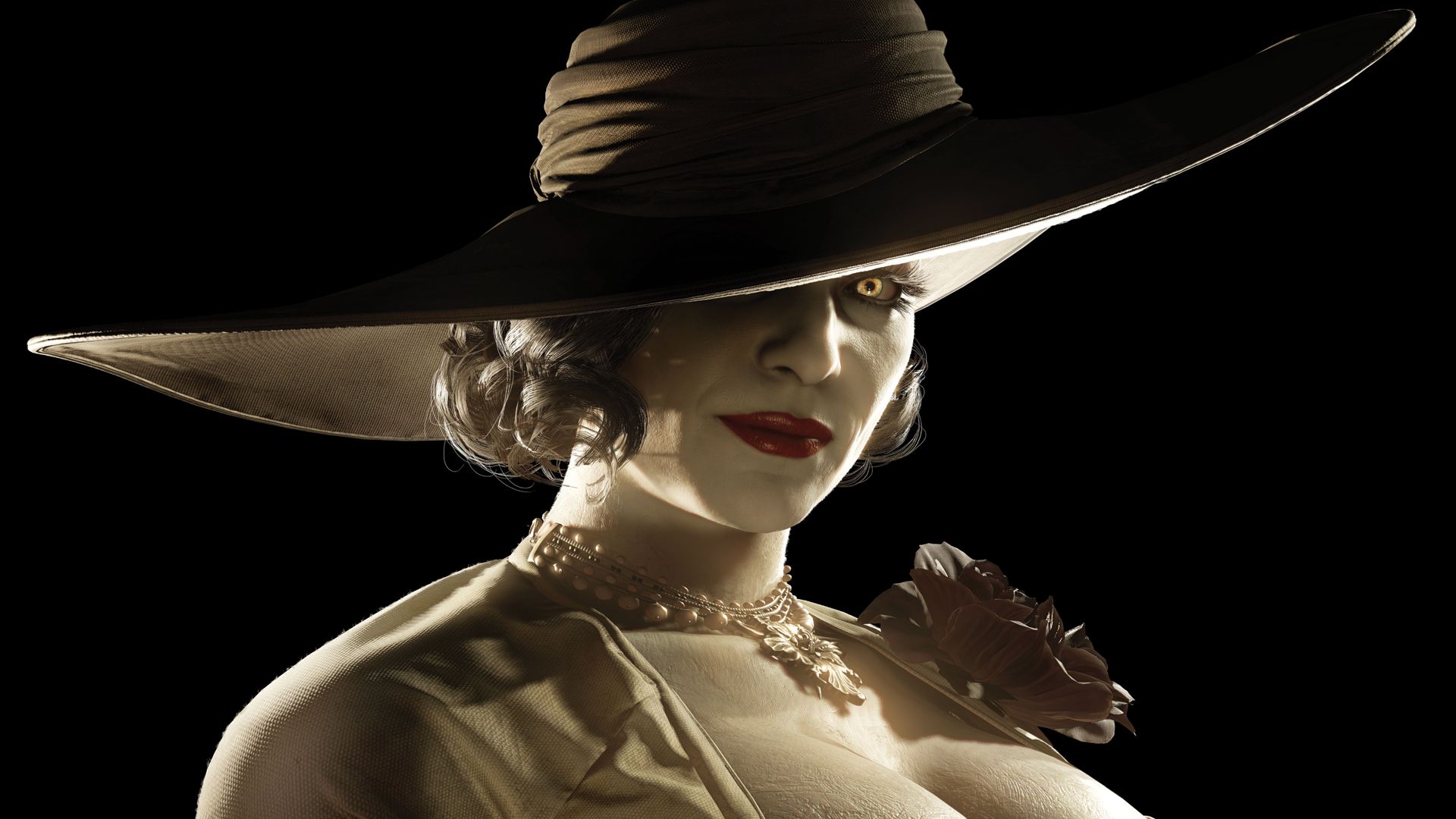“Lady Dimitrescu built a career for me overnight,” actor Maggie Robertson tells me about her turn as Resident Evil Village’s tall dommy mommy. “She was my first foray into gaming, she was my first foray as a professional actor in LA, and changed my life in every possible way.”
Robertson has become a tour de force in the gaming industry since her breakout role, with her tall stature and exuberant demeanor becoming synonymous with the characters she is known to play. Characters who, in a lot of cases, are bloodthirsty, maniacal women with plentiful power and a willingness to use it on those who sit beneath them. So it’s ironic that she happens to be one of the loveliest people I’ve ever spoken to. Now taking on the character of Orin the Red in Larian Studio’s critically acclaimed Baldur’s Gate 3, this sadistic streak continues.
Her performance as Lady Dimitrescu earned her Best Performance at The Game Awards in 2021 in a moment Robertson describes as “pure, unadulterated terror” the second her name was called out.
“When you go from the seat to the stage it is terrifying. The only thoughts in your brain are, ‘Don’t trip! Don’t fall! Don’t make a fool of yourself!’ and I find it so much easier to be in front of people playing a character than it is to be myself. I find public speaking as me to be quite nerve-wracking. So that was honestly terrifying, but such an amazing feeling. It was just the culmination of this crazy journey that I had been on with this massive influence of success that I had experienced as Lady D, and then just to be going on the award circuit for my work on that game, a game that, when I booked it, I didn’t even know what it was.”
This staying power proved to be quite unusual to Robertson, especially since her character meets her end before the closure of Resident Evil Village’s first act. To the chagrin of many, her character is defeated by Ethan Winters in one of the very first boss battles. However, if you ask anyone to name a single character from the game, it would be Lady Dimitrescu.
“It was so shocking when audiences related to her so much and why I never expected the reaction that she got is because I knew she wasn’t the main big bad,” Robertson tells me. “When I booked the role and was working on the game, I knew that Resident Evil would become a big deal because it’s a massive franchise, but I never expected that my role personally would become the biggest deal of the game, but I don’t see that as a failure.
“I actually find it quite exciting, because how cool is it that despite only being in the start of the game, that we clearly found something so exciting and so relevant to audiences that they related to her and continue to relate to her long after the game is over, despite her only being in the game for such a short period of time. We must have found something really true and honest within this character. So I consider it a victory.”
Fans didn’t just resonate with Lady Dimitrescu because they were incredibly horny, either. That was certainly part of it, but much of the success can be attributed to how this female character who was empowered, unconventional, and not stereotypically villainous in her actions that could be interpreted in so many different ways. She took on a life of its own that fans are still exploring years later.
“There seems to be a very high level of audience attraction to them,” Robertson notes. “I think part of that is due to this expanded awareness and conversation that we’re having around what it means to be a woman in society and how the challenges that women face can be quite exhausting. So when you have these villainous women who are unapologetic and, unafraid to stand in their power and take up space, literally and figuratively, as is the case with Lady D, it can be quite attractive, even though their methods and their reasons may be skewed.”
As for the endurance of Lady Dimitrescu, Robertson takes pleasure in how art is always up to continued interpretation, and that’s the beauty of it all: “You create something and put it out into the world, and once you do, it belongs to the audience.”
“I really do feel like there is an exchange and a conversation that happens between the creator and the consumer, where the audiences are adding and continuing to deepen the character behind Lady D and add to her story and deepen our sense of understanding in all these different ways. Art is subjective. So we might have had one intention behind it, but the audience might see something else.”
She’s a powerful, no-nonsense woman. But as our period of reminiscence draws to a close, I have to ask Robertson a question that has been lingering on my mind for quite some time. In many ways, Dimitrescu has also become a bit of an unintended icon amongst queer players, and it turns out the actor behind her shares this sentiment.
“Lady D is a queer icon,” Robertson confirms. “We touched on this a little bit before and how we’re seeing women, these villainous women, but there is something about her and how she and other villains can be kind of outsiders. They operate outside typical bounds of society and even at times, can reject society and try to work outside the system.
“What I think is so exciting about Lady D is that she is unapologetically herself, knows her worth and demands to be treated with the respect that she deserves. So for communities who are often marginalised or erased from the narrative, it’s so exciting to experience a female antagonist who is [shamelessly] herself and has created their chosen family and built a life for themselves that is full of love and works for them.”




